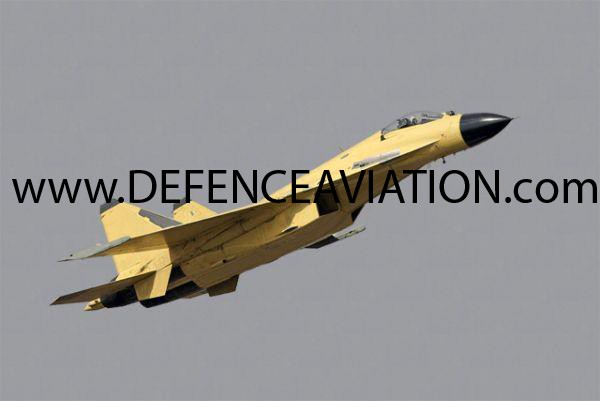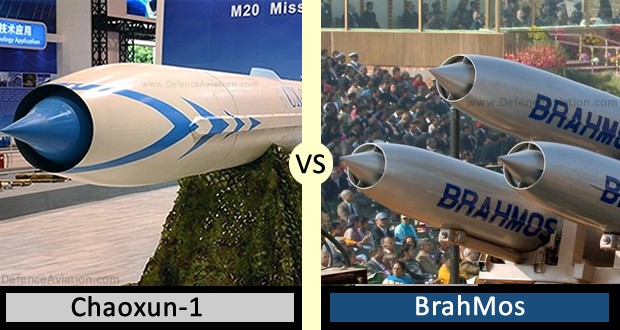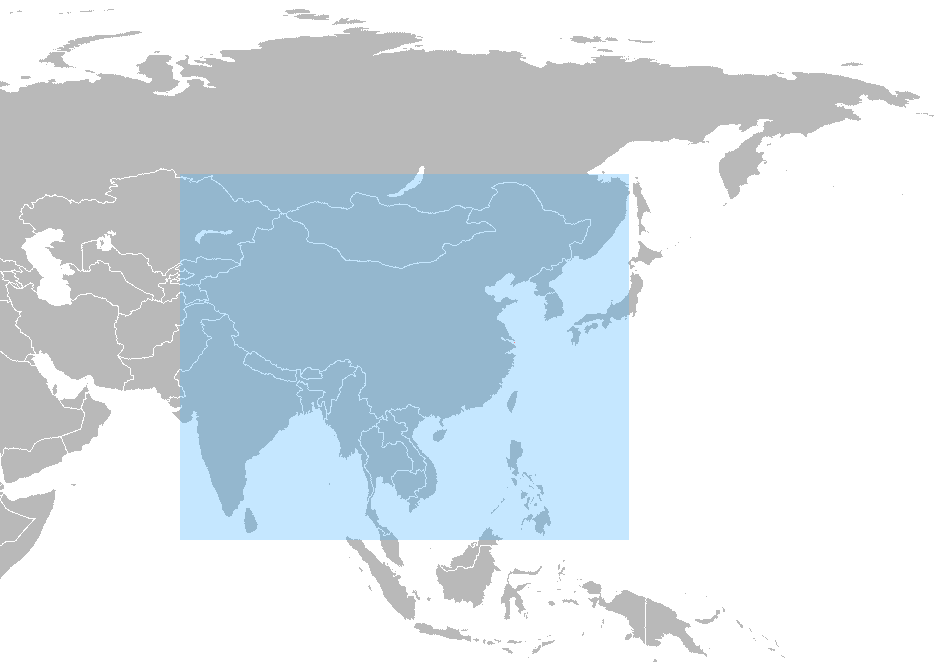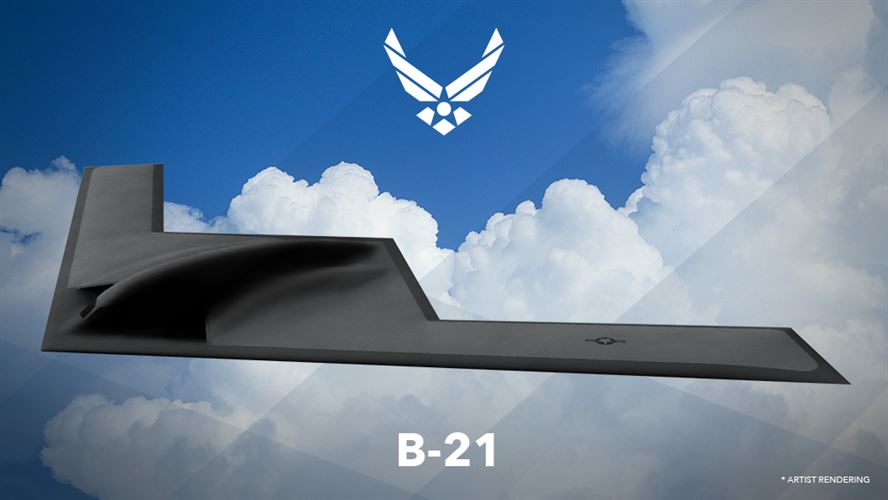China is developing a heavily modified variant of the J-11B code named J-16 Silent Flanker. It features stealth design like internal weapons bays, stealth-optimized engine intakes, and canted vertical fins. It’s the race of the stealth fighters, the United States, Russia, India, Japan, India, China everyone seems to want to have a bite at it. China is trying hard to modernize and fill in their need for fourth generation fighters, meanwhile working very hard every way possible to develop it’s Fifth generation fighter capability. One such attempt is with a heavily modified and reversed engineered Sukhoi Su-27 code named Flanker by the NATO.
It seems like the Chinese have found a very much liking towards Su-27 or it seems to be a very effective platform for modification and development. Shenyang managed to convert a fourth generation Su-27 (modified into J-11B) into a fifth generation stealth fighter called Shenyang J-16 code named Silent Flanker. This isn’t the first time a fourth generation fighter was developed into a fifth generation stealth, Boeing managed to develop a F-15 Eagle into F-15 Silent Eagle, marketed to countries like Saudi Arabia and South Korea who are far from Fifth Generation fighters capabilities. So this claim of development by the Chinese seems to be very authentic.
Unveiled in 2002, the Shenyang J-11B is a very advanced, multi-role attack fighter with Chinese-made avionics and some degree of reduced radar cross section (stealth) – ideal for trying out new ideas about increased stealth. Since 2006, it has been a testbed for the Chinese FWS-10A ‘TaiHang’ turbofan engine. The FWS-10A is similar to the Russian AL-31F, and is a candidate for next generation stealth aircraft propulsion.
Chinese are already developing Chengdu J-20 a purported fifth-generation, stealth, twin-engine fighter aircraft prototype developed by Chengdu Aircraft Industry Group for the Chinese People’s Liberation Army Air Force (PLAAF). In late 2010, the J-20 underwent high speed taxiing tests. The J-20 made its first flight on 11 January 2011. General He Weirong, Deputy Commander of the People’s Liberation Army Air Force said in November 2009 that he expected the J-20 to be operational in 2017–2019. For now the Chinese interests are very regional, but development of the aircraft such as Shenyang J-16 and Chengdu J-20 makes one believe that China can change it’s doctrine any time soon.
While J-20 is still in development stage, China desperately needs to fill in the gap for stealth fighter because United States already have actively deployed stealth fighters, the rapid joint development by Russia and India on Sukhoi PAKFA is also no comfort. Neither can they buy Su-PAKFA because India would have the right to veto any sales to China by Russia. So, J-16 looks more of a intermediate stealth fighter developed to fill in that gap and increase the morale of over all Chinese force.
With the kind of economic boom China is enjoying and the current budget China can afford to experiment multiple 5th generation designs and finally choose the best one. The strategy used by USA and Russia were doing in the past and that is the right way to go. But the problem is that Shenyang Aircraft Corporation is unable to give any tough competition to Chengdu Aircraft Industry Group till now they have to come up with something new to challenge Chengdu Aircraft Industry Group this will bring out the best from Chengdu Aircraft Industry Group and will also allow aviation industry to expand. Hope j-16 becomes a success story and a source of confidence for Shenyang Aircraft Corporation.
There is no reason why the Chinese should not be aggressively developing stealth military aircraft. With over $2 trillion they can ride out the global recession in much better shape than the United States, research and development can easily be financed. If China can approach parity with the USA in numbers and quality of stealth aircraft, nuclear carrier battle groups and nuclear attack submarines, they cam become a ‘superpower’ via projection of their foreign policy and military strength. Billions of dollars spent on the F-35 program. Money spent on stealth aircraft in the United States further weaken the overall economy of the crumbling super power. In that alone, China’s ‘stealth aircraft program’ will have accomplished a great deal. Creating more affordable stealth fighters and emphasis on quantity over quality could be a positive for the race towards being a super power.
In 2005, a former Northrup B2 design engineer was arrested for selling highly classified data about the B-2 and its stealth design to China. Noshir Gowadia has admitted to the charges and so there is no question that the propulsion system and stealth design features of the B-2 have been studied intensively by those designing fighters and bombers for China’s People’s Liberation Army Air Force (PLAAF).
In April 2009, China cyberwar experts attacked the US Department of Defense computers that hold classified data about the F-35 program. Apparently a great deal of data was downloaded, although theft of information in the highest security classification was not acknowledged. This could also give us some insight where J-16 would stand in terms of mission roles and technology.
To understand J-16 we need to understand J-11B, there aren’t many pictures of J-16 released to help us. Following is the specifications of J-11B
– Crew: 1
– Length: 21.9M
– Wingspan: 14.70 M
– Height: 5.92M
– Wing area: 62.04 m²
– Empty weight: 16,380 kg
– Loaded weight: 23,926 kg
– Range: 3,530 km
– Powerplant: 2 × Lyulka AL-31F or Woshan WS-10A “Taihang” turbofans
And these will have to change in J-16 platform since there will be modification to make it stealth like all the weapons will be internal. This results in decrease in the number of weapons that can be carried, fuel capacity decreases hence range decreases. Su-27 appears like a pizza on a RADAR because of it’s huge size so the size would also have to be reduced. The main concern would be the engines, they have to be designed such a way as to evade incoming heat-seaking missiles. But the Chinese probably would solve this problem easily, thanks to Noshir Gowadia who soled the designs of B-2 Spirit bomber. It would be crucial to develop these indigenous engines, mainly to be used in J-20 in the future.




